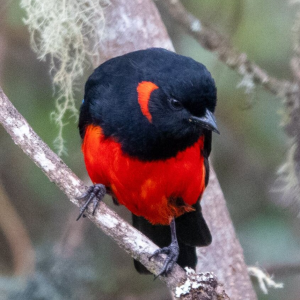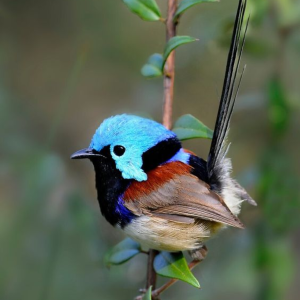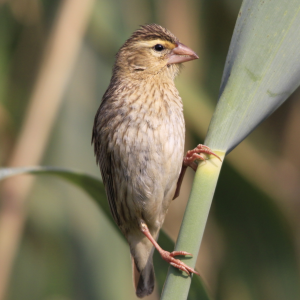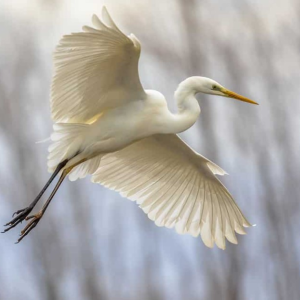All five members of genus Todus are very small, chunky, and short tailed. The narrow-billed tody weighs about 7.5 g (0.26 oz). Its upperparts are bright green, becoming almost emerald around the white eyes. A white malar stripe separates the face from the carmine red chin and throat. The sides of the neck and breast are deep lead gray; the rest of the breast and the belly are white. The flanks are geranium pink to red. The upperside of the wing is bright green and much of the underwing is sulphur yellow. Its maxilla is black and the mandible red, both with darker tips.
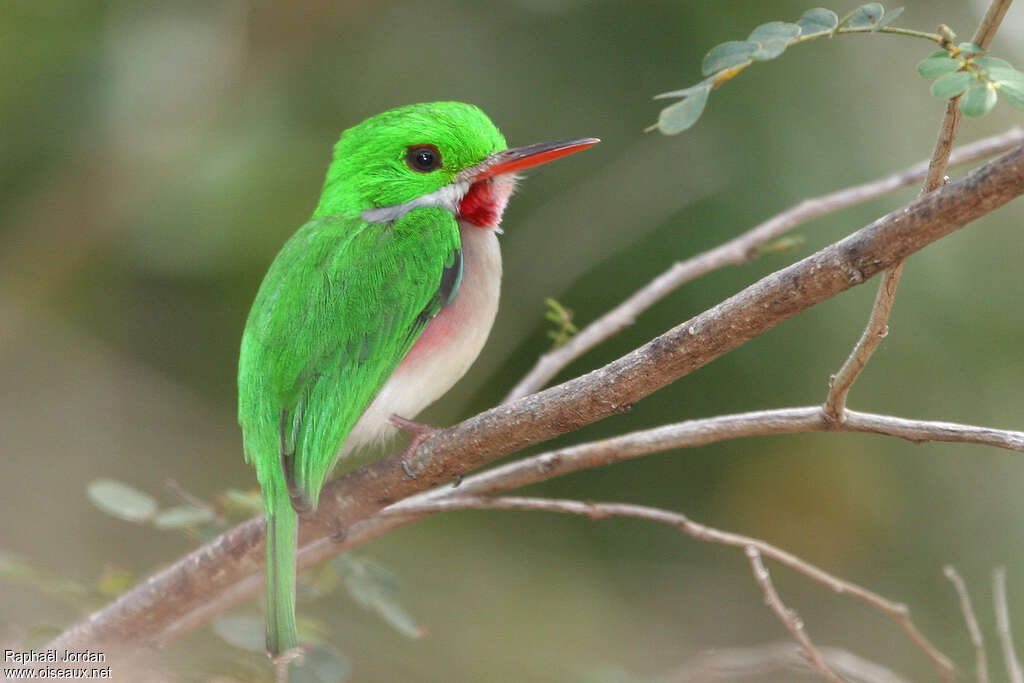
Distribution
The narrow-billed tody is resident on Hispaniola and occurs in both countries of the island. It mostly inhabits dense wet jungle and forest between elevations of 900 and 2,400 m (3,000 and 7,900 ft). It is also found locally at lower elevations, where it overlaps the distribution of the broad-billed tody.
Diet and Nutrition
The narrow-billed tody’s diet is almost entirely insects; at least 49 families of them have been identified. Curiously, they do not prey on larger butterflies or caterpillars, which are part of the broad-billed tody’s diet. The narrow-billed tody tends to forage high in the forest canopy, especially when part of a mixed-species foraging flock. They also feed low down among coffee bushes in plantations.
